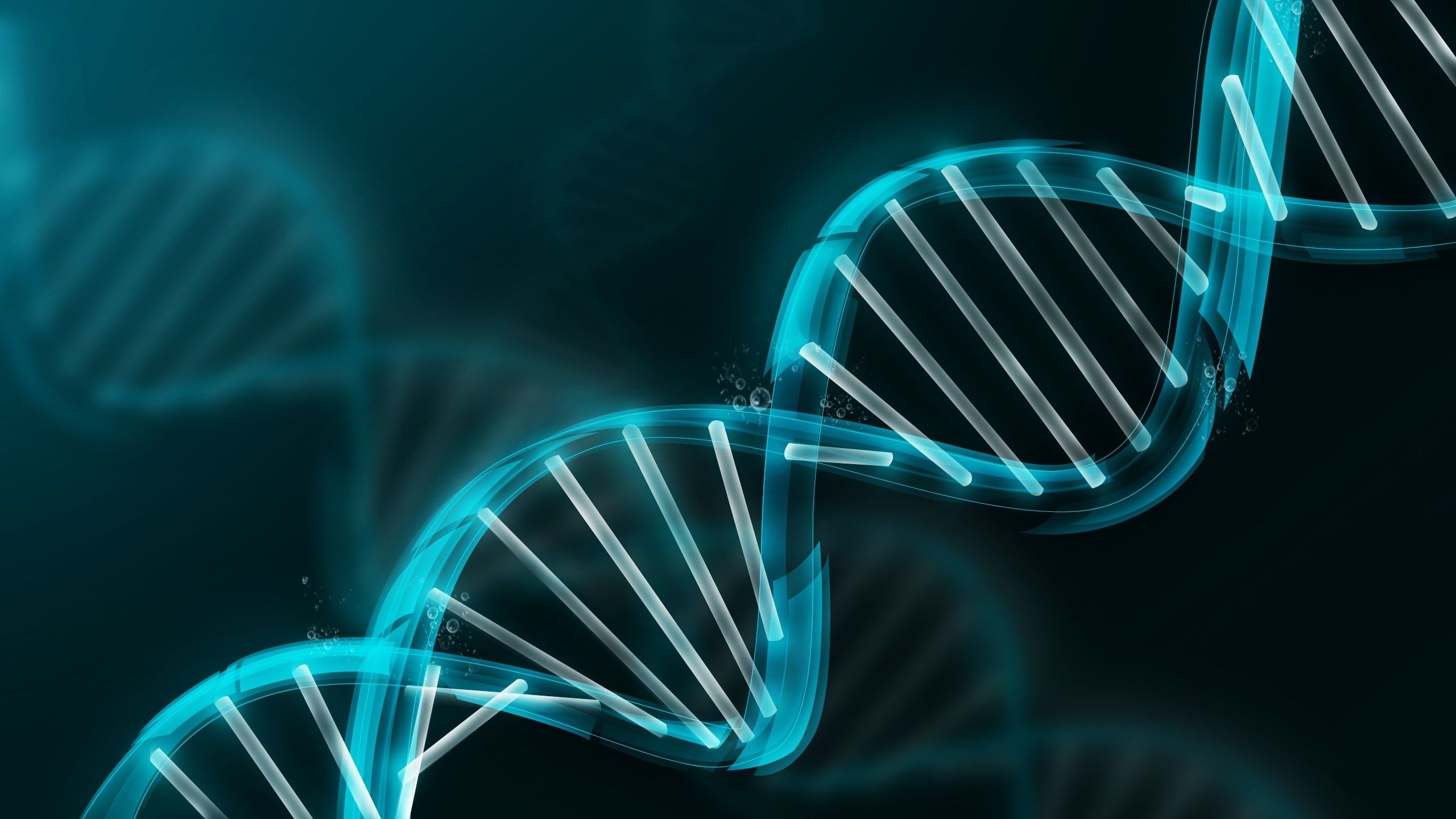|
The Davenport Surname DNA Project tests the DNA on the Y-chromosome, which only males have. This Y-DNA is passed down from father to son, generation after generation, virtually unchanged. So, two Davenport's who have a common male Davenport ancestor several generations ago, should have essentially identical Y-DNA. We test up to 111 "markers" on the Y-DNA and compare their values. The group of values for the markers we test is called a Haplotype. The more similar the Haplotypes are to each other, the closer their common ancestor is likely to be. Occasionally one of the markers will have a "mutation". Mutations are neither good nor bad, they are just a random minor change in the Y-DNA. They do not affect anything, but can be very useful in genealogy. Once a mutation occurs, it is passed down to all future male Davenport descendents. When we have participants descended from the same line and find mutations, we do not know which individual branch actually had the mutation, and which had the "original" value. So we try to determine what the "modal", or more accurately, the "ancestral Haplotype" of the line is. In other words - the Y-DNA Haplotype of the progenitor - the first Davenport in the line (that we know of). Then, instead of comparing to each other, we compare to the modal. We do this by "triangulation". For example, assume Thomas had three sons - Charles, Samuel, and John. We test a descendent of Charles - Christopher - and find he has a value of 16 on marker xyz. A descendent of Samuel - Scott - also has a 16 on xyz. Therefore, we can conclude the modal for xyz is 16, because if either participant had a mutation between himself and Thomas, then he would not have the same value (16) as the other participant. If, however Christopher had a 16 and Scott had a 15, then we don't know which, if either, was the modal. So we triangulate, we test James, a descendent of the third son John. James also has a 16. Therefore, since it is much more likely that there was just one mutation somewhere between Samuel and Scott, than two mutations in two branches moving the same direction (15 to 16, instead of 15 to 14), then we assume the modal is 16. The first chart below compares the modal Haplotype for each of the North American lines that we have tested so far. Only the Rev John, Albemarle, Thomas of Dorchester and Captain Richard lines are close enough to be considered related in a recent genealogical time frame. The Orme modal is what we believe his Y-DNA looked like based on these three American lines, plus several English Davenports with Cheshire origins. The second chart looks at the "genetic distance" between the various Davenport lines. Further explanation is included. |
||||||||||||||||||||||||||||||||||||||||||||||||||||||||||||||||||||||||||||||||||||||||||||||||||||||||||||||||||||||||||||||||||||||||||||||||||||||||||||||||||||||||||||||||||||||||||||||||||||||||||||||||||||||||||||||||||||||||||||||||||||||||||||||||||||||||||||||||||||||||||||||||||||||||||||||||||||||||||||||||||||
|
Y-DNA
|
||||||||||||||||||||||||||||||||||||||||||||||||||||||||||||||||||||||||||||||||||||||||||||||||||||||||||||||||||||||||||||||||||||||||||||||||||||||||||||||||||||||||||||||||||||||||||||||||||||||||||||||||||||||||||||||||||||||||||||||||||||||||||||||||||||||||||||||||||||||||||||||||||||||||||||||||||||||||||||||||||||
|
The genetic distance or "closeness" of the DNA results is used to determine if individuals have a common ancestor. For this comparison we are using the Y-DNA 67 marker test. Usually if two people, with the same surname, have an exact 67 of 67 match - they have a 0 (zero) step difference and thus a common ancestor. If there is a 66/67 match the difference is 1 (one). A difference of 0 thru about 6 and the same surname "is a match". Under certain circumstances (rare pattern of results) a 7 or 8 step difference might qualify for a match. It is also possible to have a very large difference because there could be a multiple step difference on one marker - i.e. - marker 447 has 22 for one person and 27 for another making a difference of 5. The chart below displays each of the Davenport lines and how they compare with each other. Each line is represented by the modal , or believed original, results for that particular line, since some may vary by a step or two. It also displays the "unknown ancestry" Davenports that haven't been placed into one of these lines. To read the chart - find the line/person on the left side and follow across to the column of the line/person at the top to compare to. Example - there is a 64 step difference between the Albemarle and Humphrey lines. With the exception of the Humphrey and Altona lines and a few individuals - all participants appear to belong to Haplogroup R1b. This is the most common Haplogroup found in Western Europe which is what was expected since the earliest documented Davenports came from England. As can be seen so far - only the Rev. John, Albemarle, Thomas of Dorchester and Captain Richard lines (shaded area) have a common ancestor. Several Davenports of known recent Cheshire, England origin also match this group. But, since their results are so similar, they are not listed in the chart below.
|
||||||||||||||||||||||||||||||||||||||||||||||||||||||||||||||||||||||||||||||||||||||||||||||||||||||||||||||||||||||||||||||||||||||||||||||||||||||||||||||||||||||||||||||||||||||||||||||||||||||||||||||||||||||||||||||||||||||||||||||||||||||||||||||||||||||||||||||||||||||||||||||||||||||||||||||||||||||||||||||||||||
|
|
||||||||||||||||||||||||||||||||||||||||||||||||||||||||||||||||||||||||||||||||||||||||||||||||||||||||||||||||||||||||||||||||||||||||||||||||||||||||||||||||||||||||||||||||||||||||||||||||||||||||||||||||||||||||||||||||||||||||||||||||||||||||||||||||||||||||||||||||||||||||||||||||||||||||||||||||||||||||||||||||||||

DNA Comparisons Between Lines
- Details
- Category: Results
